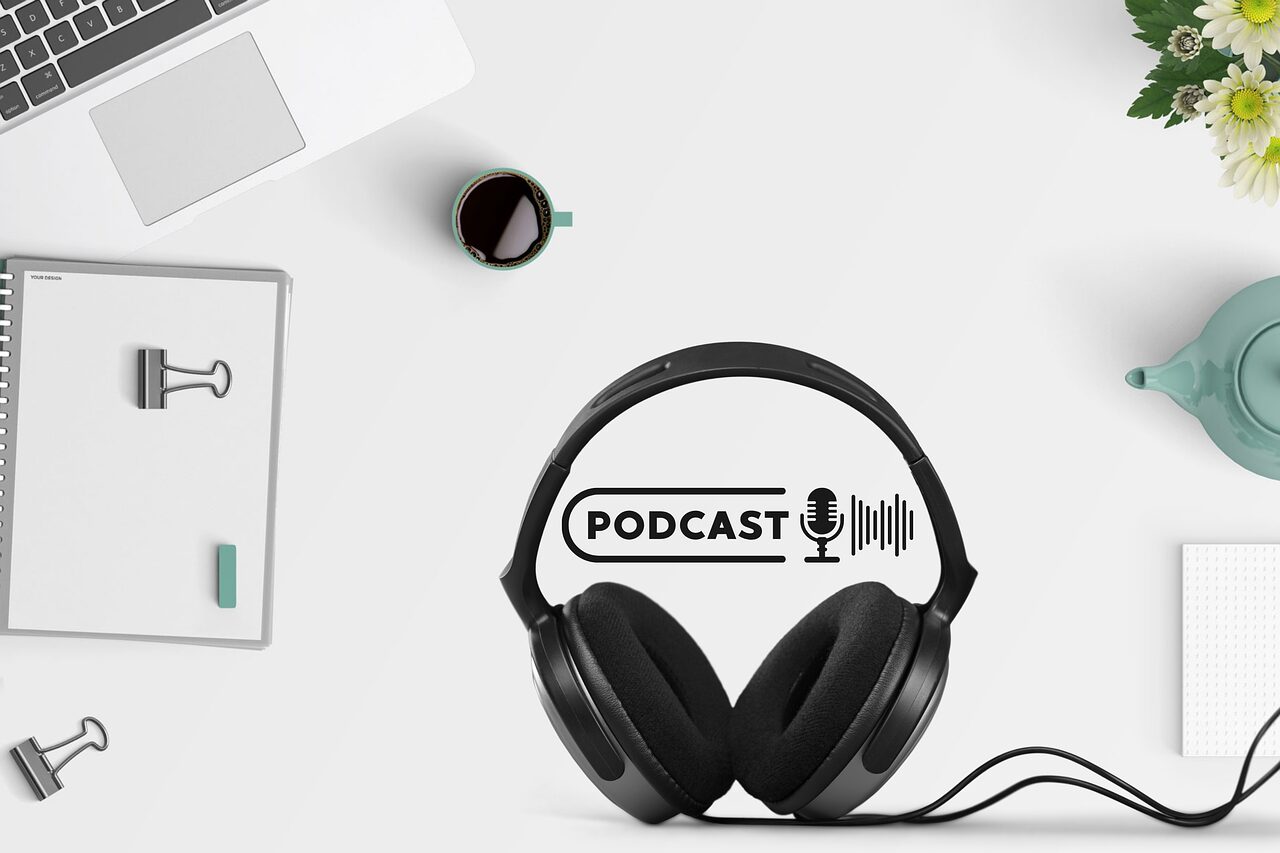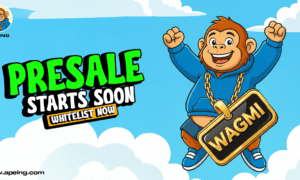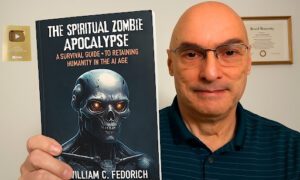You just released your best podcast episode yet, and it barely gets noticed. Not because the content is weak, but because no one can find it. That’s the reality for thousands of great shows lost in the noise of millions of others.
Here’s the truth: most podcasters focus on sound, not search. They upload, share, and hope for traction, only to wonder why growth stalls.
The good news? SEO isn’t just for blogs and websites. With the right approach, your podcast can rise in search results, attract new listeners, and grow steadily.
By the end of this guide, you’ll have a complete step-by-step roadmap, starting from the moment you plan an episode to the moment it ranks.
And what makes this guide different? We’re walking through the entire journey. Not just metadata tweaks, but strategy, recording habits, distribution, and beyond.
Phase 1: Pre-Recording SEO Strategy
“SEO starts before you even press record.”
That mindset changes everything. SEO isn’t an afterthought; it should shape your episode before the mic is even on.
Start by asking: What would someone type into search to find this episode? That’s your real keyword. Use tools like Google’s autocomplete, Listen Notes, or even Reddit threads in your niche.
Let’s say your podcast is about remote work. Instead of “work from home tips,” dig deeper. Maybe people are searching “how to stay focused in a coworking space.” That’s your episode angle.
Plan episode titles with both ranking and click-throughs in mind. A title like “Freelancer Burnout: How to Spot It and Stop It” performs better than something vague like “Episode 22 – Burnout.”
Build your content calendar around SEO opportunities. Check out what similar shows rank for. Use that data to inspire your next episode themes.
Pro tip: Scan Apple Podcasts or Spotify charts in your category. What are the top-ranking shows talking about? That’s your audience’s interest map.
Phase 2: Recording with SEO in Mind
“Your microphone is your SEO weapon.”
Recording isn’t just about audio quality. It’s a chance to bake search value right into your content.
Speak your keyword naturally during the episode. Don’t overdo it, but make sure it shows up at least once or twice, especially in the intro or summary.
Think in soundbites. Short, memorable statements help your transcript and give you great content for repurposing later. For example: “If your to-do list owns you, your calendar isn’t doing its job.”
Clear enunciation isn’t just for listeners. It helps auto-transcription tools capture what you say accurately, improving how well your content ranks.
Also, structure matters. Organize your episode with segments like intro, main point, and key takeaway so it’s easier to turn into blog posts, quotes, or social clips later.
Phase 3: Post-Production SEO Setup
“The real SEO work happens after recording.”
Once your episode is recorded, optimization begins behind the scenes.
Rename your audio file using real words. Instead of “episode-final.mp3,” try “how-to-manage-remote-teams.mp3.”
Optimize audio metadata. Title, author, and episode summary should include a natural use of your main keyword. This metadata is what platforms use to surface your show in search.
Create a transcript that is accurate, readable, and ready to post. Tools like Descript or Otter.ai make this easy. Don’t just dump the text. Format it cleanly with speaker tags if possible.
Now, tackle your show notes. This is your SEO-rich blog post for each episode. Include your transcript, a summary, guest links, and at least one internal link to another episode or article.
Avoid robotic keyword use. Work it into sentences naturally, like: “In this episode, we talk about tools every coworking space app should include.”
Use a show notes template to save time, but personalize it so each episode still feels fresh.
Phase 4: Platform Optimization & Distribution
“Your podcast platform is your SEO foundation.”
Don’t just upload and move on. Platforms like Apple Podcasts, Spotify, and Google Podcasts have search engines of their own.
First, make sure your podcast’s main title and description are clear and keyword-focused. Someone should understand what your show offers in one sentence.
Choose categories carefully. Apple lets you pick a primary and subcategories, so go specific if you can. Spotify uses listener behavior more, so your descriptions matter even more there.
Optimize your RSS feed. Many podcasters ignore this, but it’s how your podcast data gets shared across directories. Use your hosting platform’s settings to make sure all episode details are complete and formatted well.
Reviews matter. Encourage listeners to leave them, not just to build trust, but because platforms use them as a ranking signal.
And keep your branding consistent. Your cover art, descriptions, and episode naming should reflect one clear voice and tone. This consistency builds both SEO trust and brand loyalty.
Phase 5: Website Integration & Content Multiplication
“Your website is where podcast SEO truly shines.”
Having a podcast website unlocks next-level discoverability. Each episode should have a dedicated page with the audio player, summary, transcript, and optimized meta tags.
This is where the content multiplication method comes in. From one episode, you can create:
- A blog post
- A short video clip
- A quote graphic for Instagram
- A mini-FAQ answering listener questions
Link related episodes to each other. If someone lands on Episode 18 about remote work, show them Episode 12 about productivity tools. Internal linking helps SEO and keeps listeners engaged longer.
Use schema markup to tell search engines what each page is about. If you’re using WordPress, tools like Rank Math make this easy.
Cluster your content by topic. If you’ve done three episodes about marketing, group them on one landing page. That boosts authority in that subject area and helps support your omnichannel marketing efforts.
Phase 6: Advanced SEO Tactics & Scaling
“Taking your podcast SEO to the next level.”
Now that you’ve mastered the basics, let’s talk scale.
Use guest appearances to build backlinks. When a guest shares your episode on their blog or social media, ask them to link to your episode page, not just the homepage.
Do the same when you appear on other shows. These backlinks help build domain authority over time.
If your show focuses on a location, like “Tech in Austin,” target local keywords. Add your city name into titles, metadata, and transcripts to improve local SEO.
Try seasonal content. A “Year-End Recap” or “Q1 Planning Guide” naturally attracts attention at the right time.
Go after long-tail keywords. Instead of “productivity,” use “how freelancers manage time without burnout.”
And remember, community matters. The more engaged your listeners are, the more they share your content organically. Over time, that improves SEO authority faster than any tool. It also reinforces storytelling as a core part of what keeps audiences connected and loyal.
Phase 7: Measuring, Analyzing & Ranking
“What gets measured gets improved.”
Set up Google Analytics (GA4) to track how visitors interact with your site. Use Search Console to see which queries are driving traffic.
Tools like Chartable or Spotify for Podcasters help you monitor listens, episode retention, and growth.
Don’t obsess over rankings alone. Instead, track how many people are landing on your site, how long they stay, and how often they convert, whether that’s a subscribe, a share, or a click.
Run a monthly SEO health check. Review page speed, metadata, broken links, and mobile friendliness.
Rankings don’t change overnight. It might take three to six months to notice meaningful improvements, but stay consistent. The payoff is worth it.
Your Action Plan & Future-Proofing
Your 90-Day Podcast SEO Roadmap:
Weeks 1–2:
Set up your metadata, show notes templates, and keyword strategy.
Weeks 3–6:
Start posting transcripts, building internal links, and promoting episodes across channels.
Weeks 7–12:
Target long-tail keywords, create topic clusters, and begin earning backlinks.
Future-proofing your show:
Keep an eye on new platforms and changing algorithms. Stay current with SEO news, test emerging tools, and continue evolving your strategy.
Podcasting isn’t static. The shows that grow are the ones that adapt and build lasting brand loyalty through smart content and consistent value.
Conclusion
Podcast SEO isn’t about tricks. It’s about clarity, consistency, and commitment. From idea to publication, each phase builds momentum. Whether you’re just starting or already published 50 episodes, there’s always room to improve how your voice is discovered.
Apply the roadmap, track your results, and keep evolving. With time, patience, and strategic storytelling, your podcast won’t just be heard; it will be found.

































